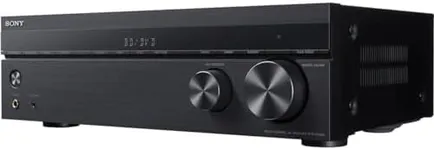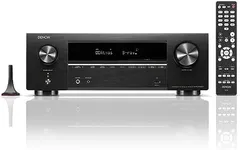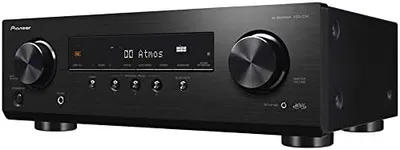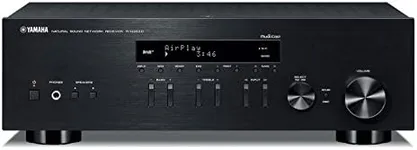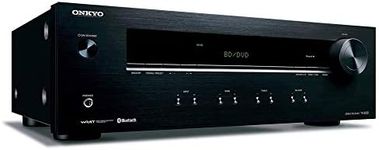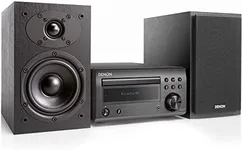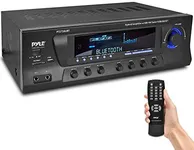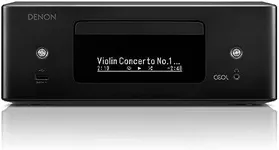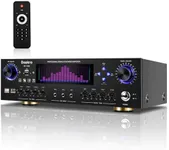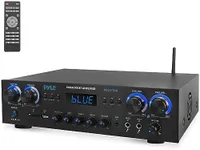Buying Guide for the Best Am Fm Stereo Receivers
Choosing the right AM/FM stereo receiver can greatly enhance your audio experience, whether you're listening to music, talk shows, or sports broadcasts. The key is to understand the various specifications and features that can impact performance and usability. By focusing on these aspects, you can find a receiver that best fits your needs and preferences.Tuner SensitivityTuner sensitivity refers to the receiver's ability to pick up weak radio signals. This is important if you live in an area with poor reception or if you want to listen to distant stations. Sensitivity is usually measured in microvolts (µV). Lower values indicate better sensitivity. If you live in a rural area or have trouble getting clear signals, look for a receiver with high sensitivity (lower µV). In urban areas with strong signals, sensitivity is less critical.
Frequency ResponseFrequency response measures the range of frequencies a receiver can reproduce, typically given in Hertz (Hz). A wider frequency response means the receiver can handle a broader range of sounds, from deep bass to high treble. For most users, a standard range of 20 Hz to 20 kHz is sufficient, as this covers the typical human hearing range. If you're an audiophile or have specific audio preferences, you might look for a receiver with an extended frequency response.
Output PowerOutput power, measured in watts per channel (WPC), indicates how much power the receiver can deliver to your speakers. This affects the volume and clarity of the sound. For small rooms or casual listening, 20-50 WPC is usually adequate. For larger rooms or more immersive experiences, you might want 50-100 WPC or more. Consider your room size and listening habits when choosing the right output power.
Total Harmonic Distortion (THD)Total Harmonic Distortion (THD) measures the amount of distortion a receiver adds to the audio signal, expressed as a percentage. Lower THD values mean cleaner, more accurate sound. For most listeners, a THD of 0.1% or lower is ideal. If you're very particular about sound quality, look for receivers with even lower THD values.
Connectivity OptionsConnectivity options determine how you can connect other devices to your receiver. Common options include Bluetooth, Wi-Fi, USB ports, and auxiliary inputs. Bluetooth and Wi-Fi are great for wireless streaming from smartphones or computers. USB ports can be useful for playing music from flash drives. Auxiliary inputs allow you to connect older devices. Consider what devices you plan to use with your receiver and choose one with the appropriate connectivity options.
Preset StationsPreset stations allow you to save your favorite radio stations for quick access. This feature is convenient if you frequently switch between different stations. The number of presets can vary, with some receivers offering 10 and others offering 30 or more. Think about how many stations you regularly listen to and choose a receiver that can accommodate them.
Display and ControlsThe display and controls affect how easy it is to use the receiver. Look for a clear, easy-to-read display and intuitive controls. Some receivers have advanced displays with more information, while others keep it simple. Consider your preference for simplicity versus having more detailed information at a glance.
Build QualityBuild quality refers to the materials and construction of the receiver. A well-built receiver will be more durable and may offer better sound quality. Look for receivers with solid construction and high-quality materials. If you plan to use the receiver frequently or in a demanding environment, prioritize build quality to ensure longevity.
